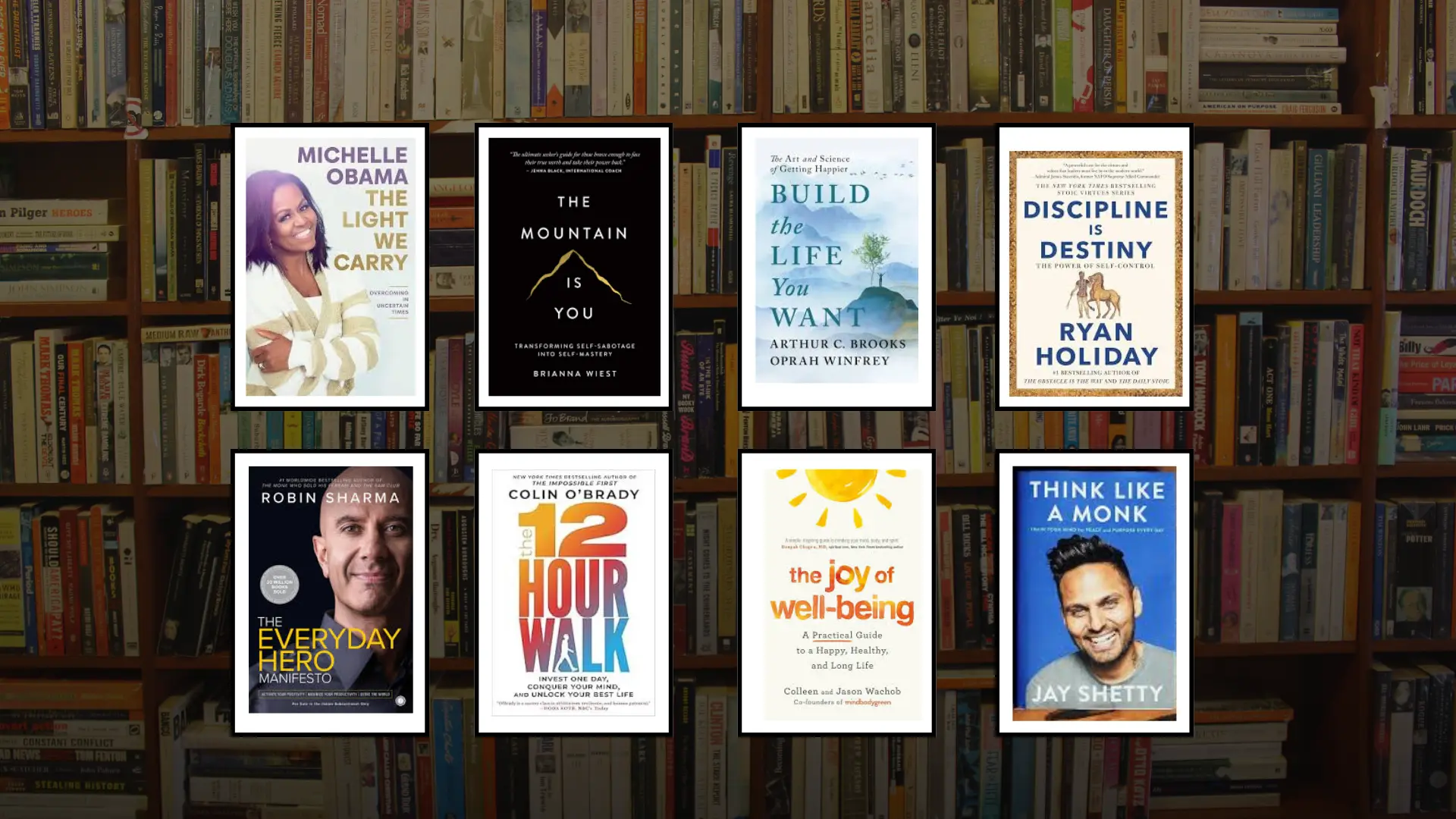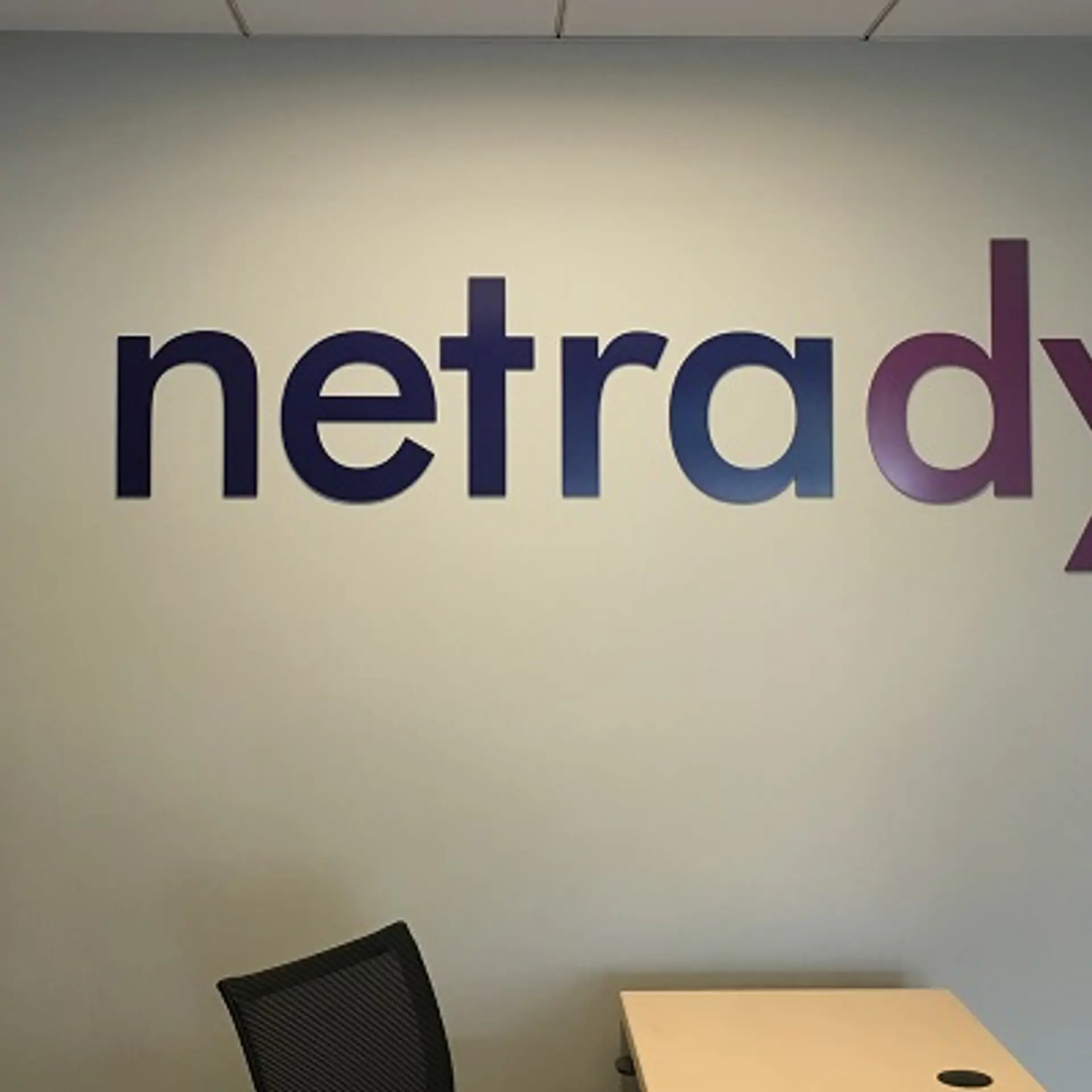Design as a long-term advantage for startups: NASSCOM Product Conclave 2015
It is not just technology or a business model but a solid foundation of design that will help startups scale and incumbents reinvent themselves, according to a range of speakers at the Design Summit of NASSCOM’s Product Conclave 2015.
“Without good design, technology companies cannot connect with the people. Many companies do not pay adequate attention to detail in design,” cautioned Muki Regunathan, Founder and CEO, Pepper Square.
Here are my Top Eight takeaways and tips on design from the day-long event. See also my coverage of the UX India Summits from 2015 and 2014.
1. Design for Delight
“Design is a mindset, and not a department,” said Klaus Kaasgaard, Vice President, Experience Design, Intuit. The company is renowned for being a design-centred firm with a lean startup like culture, and has 1,200 innovation catalysts trained in design.
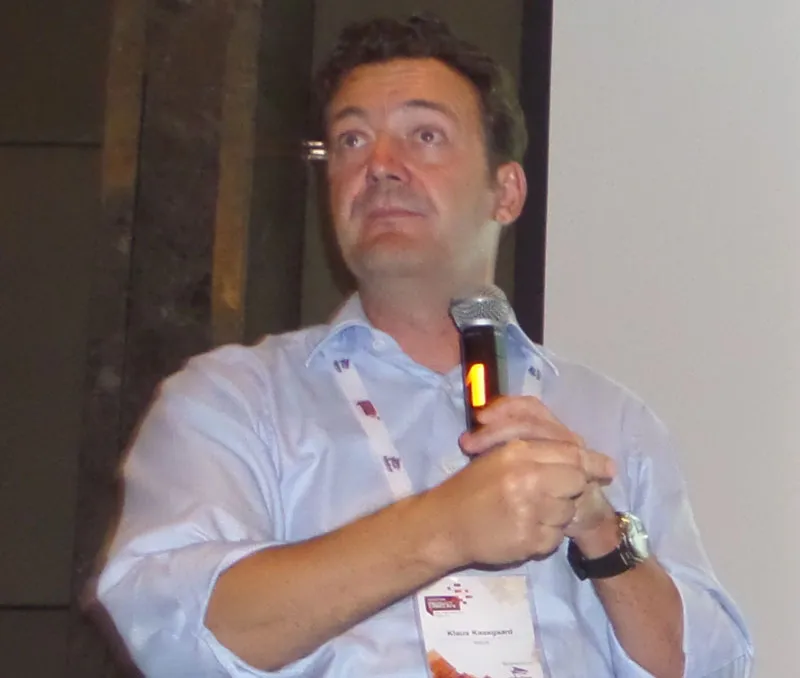
“Fall in love with the problem and not the product or solution,” Klaus advised, offering a range of ‘love metrics’ such as customer referrals, delight, ease of task completion and traction. Products should be designed for customer delight (see coverage of Intuit in my book reviews of ‘Lean Startup’ and ‘Lean Entrepreneur’).
Solving pain-points of customers kicks off network effects and a virtuous cycle for companies and customers. Intuit has a culture of rapid testing and iterating (‘test by Friday,’ not ‘test by next week!’).
Data, design elements, modules and styles should be shared across all divisions, and a unique design personality and lexicon should be devised (Intuit has come up with terms like ‘trowser’ or transactional browser window!). However, this should not lead to design rigidity. “Brand and design should evolve. This is like jazz,” Klaus observed.
Companies such as Apple, Google, IBM, AirBnB and Uber are raising the bar on consumers’ design expectations, said Klaus. He also recalled Intuit founder Scott Cook’s commitment to customer empathy: Scott would ask customers if he could visit them in their homes to see how they would use the software. Online metrics yield further rich real-time insights into customer behaviour which can fuel new design changes.
2. Immerse in the cultural contexts of design
Indian culture is full of stories, and this can fuel design elements such as gamification and interaction metaphors, said Abhijit Bansod, Founder and CEO, StudioABD. At the same time, the current Indian scenario for most citizens is one of frustration in terms of commutes, corruption and chaos.
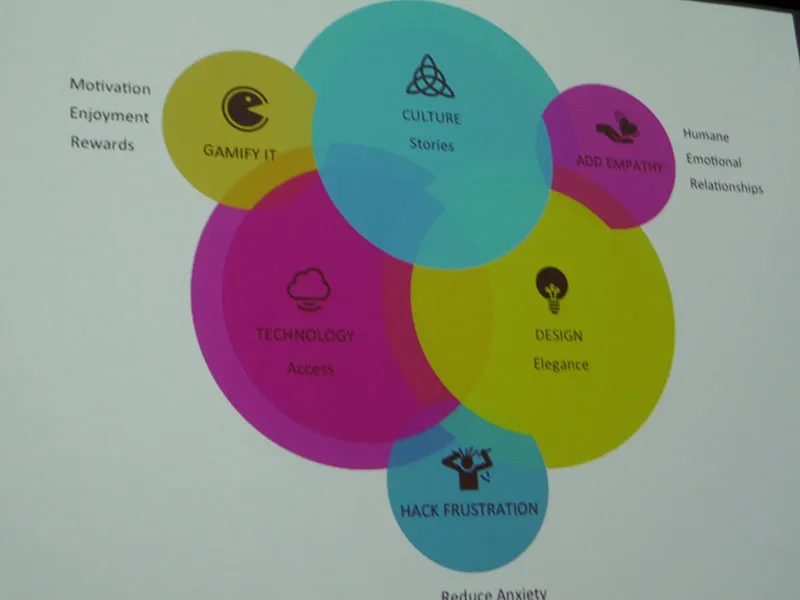
These insights can lead to a number of effective designs, well exemplified by companies such as Uber. “Hack frustrations,” advised Bansod, explaining how solving the taxi booking pain-points has led to the rapid popularity of such apps. A good India-specific product could be ‘Karma bands’ which reward you with good karma points for environmental recycling, good deeds and healthy habits, and deduction of points for bad behaviours.
3. Understand the new currencies
In an age of information overload and urban complexity, design should help products solve customer pain-points with regard to time, attention, energy and emotion, said Vinay Rao, Director, Bang Design. Designers need to understand the ‘intention economy’ and ‘interest economy’ of consumer settings.
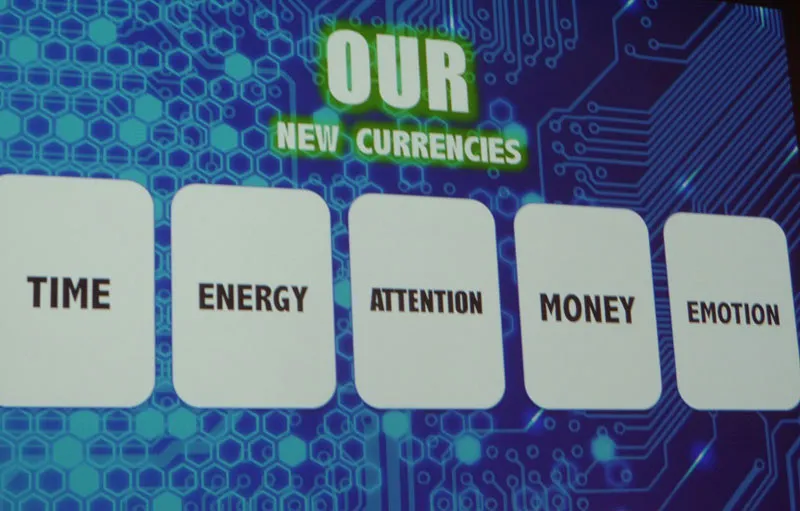
Vinay cited data which showed that app download rates are coming down, and hence product managers need to understand user psychology and not just feature aesthetics. In the context of healthcare and med-tech devices and apps, this translates into cost, ease of use, actual physical pain, cleanliness and further feedback. He identified the rise of voice-activated IoT devices as a major trend.
4. Rely on data – but the right data
The rise of Big Data and analytics is leading to new inputs for design effectiveness and trends. “You can get design insights from data - but make sure you are using the right data and the right instrument,” cautioned Jay Dutta, Head of User Experience Design, Flipkart. Technology should be leveraged to facilitate effective conversations with consumers.
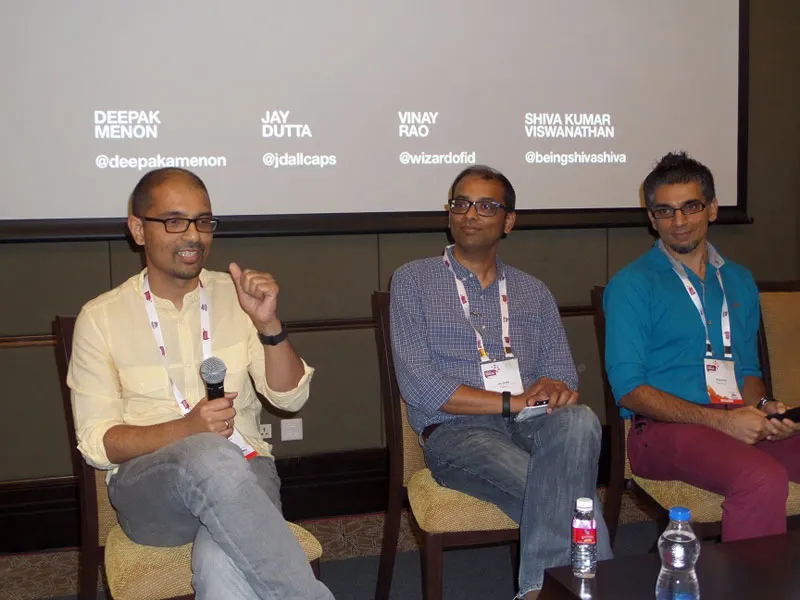
Startups need to keep innovating their offerings and features as they evolve and scale. Designers and product managers need to be humble and be able to wear many hats. “Products come and go, organisations stay on. Build the company, not just the product,” Jay said.
Companies should also do research on needs, wants and desires of their customers. “There are opportunities in addressing needs at the bottom of Maslow's hierarchy, and not just the top,” advised Deepak Menon, Director, Microsoft India. Usability should be coupled with usefulness and delight.
5. Music: product and platform
While much design tends to focus on software and hardware, important design insights are emerging from fields such as music as well. “Music is now a platform and not just a product,” explained Bharath Bevinahally, Director and Co-founder, Octavium.
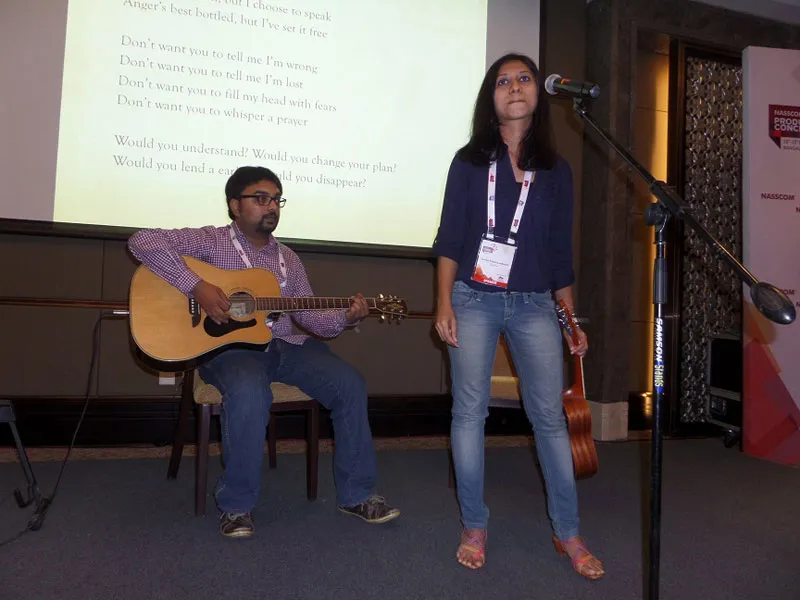
Bharath played the guitar along with his colleague Sneha Kalyansundaram on vocals, and showed how software such as Logic Pro help add sample sounds of other musical instruments. The duo has also recorded a video with crowdsourced elements such as footage and photos from music fans on the Internet.
Crowdsourcing and collaboration are leading to new frameworks for creativity and design, said Bharath; these insights can benefit other domains as well. Many music consumers are becoming co-producers as well.
6. Design for discovery, not just search
Information overload coupled with the realtime economy and small mobile interfaces are placing a premium on curated content for discovery rather than extensive content from search, said artist-entrepreneur K.K. Raghava, Co-founder, Flipsicle.

Most of our knowledge and perception is visual in nature, but most of the Internet is textual. “Pictures are multivalent,” Raghava said. Photographs contain descriptors as well as emotional connotations, and new frontiers are emerging for ‘visual behaviour interfaces.’ Design inputs based on this approach can lead to new m-commerce interactions on visual and semantic cues, which can be mapped onto horizontal and vertical swipes.
7. Question and disrupt industry frames
A number of industry segments have become commodified and stagnant, with low returns and zero innovation. Others have developed fixed paradigms and set notions of success. “Success traps you more than failure can,” cautioned Ranjan Malik, innovation facilitator at Erehwon.
There are followers and leaders on the one hand, and stormers on the other hand. “Rogue incumbents and outside stormers drive innovation,” said Ranjan. Stormers disrupt business norms, product designs, user experiences and baselines of customer and producer surplus.

New design occurs at three levels of thinking: ideas, frames and mental models. Even simple representations we take for granted such as maps contain embedded assumptions and worldviews, said Ranjan, regaling the audience with an illustration of an ‘upside down map.’
Ranjan identified a number of deep ‘tectonic shifts’ beyond generic market trends, which will change the way designers and leaders engage with the future: digital micro-payments, eco-feminism, legitimate hackability, bio-mimicry, enduring rituals, social IoT, gaia-preneurship, inefficiency pirates, and transparent purpose.
8. Solutions, not splurges
Companies in the US spend many years perfecting products and solutions, and only then invest in large marketing outlays. Marketing splurges are happening too early by many Indian startups before the design is solid, cautioned Nikesh Arora, President and COO of SoftBank.
Companies like Twitter took many years with very little marketing expenditure to refine the product, deliver user delight and get large and fast traction. "Keep working on the product and make the experience wonderful,” he advised. In Japan defective products are discarded, in the US they are sold on discount, but in India they are still sold as normal, he joked.

Frugal design is one of India’s strengths, but there should be an emphasis on quality as well. “I am delighted to see entrepreneurship as a choice in India today. There is a cultural shift and people are more accepting of startups,” Nikesh said, while also cautioning that India will need to develop the strength to survive market downturns in the startup ecosystem.
Numerous opportunities are opening up in B2C and enterprise space, but entrepreneurs need to understand the differences in user habits and purchase behaviours, and design the experience accordingly.
It would be apt to end this article with a quote cited by many of the speakers at the Summit:
“Design is an investment, not an expenditure.” – late Prof. M. P. Ranjan



